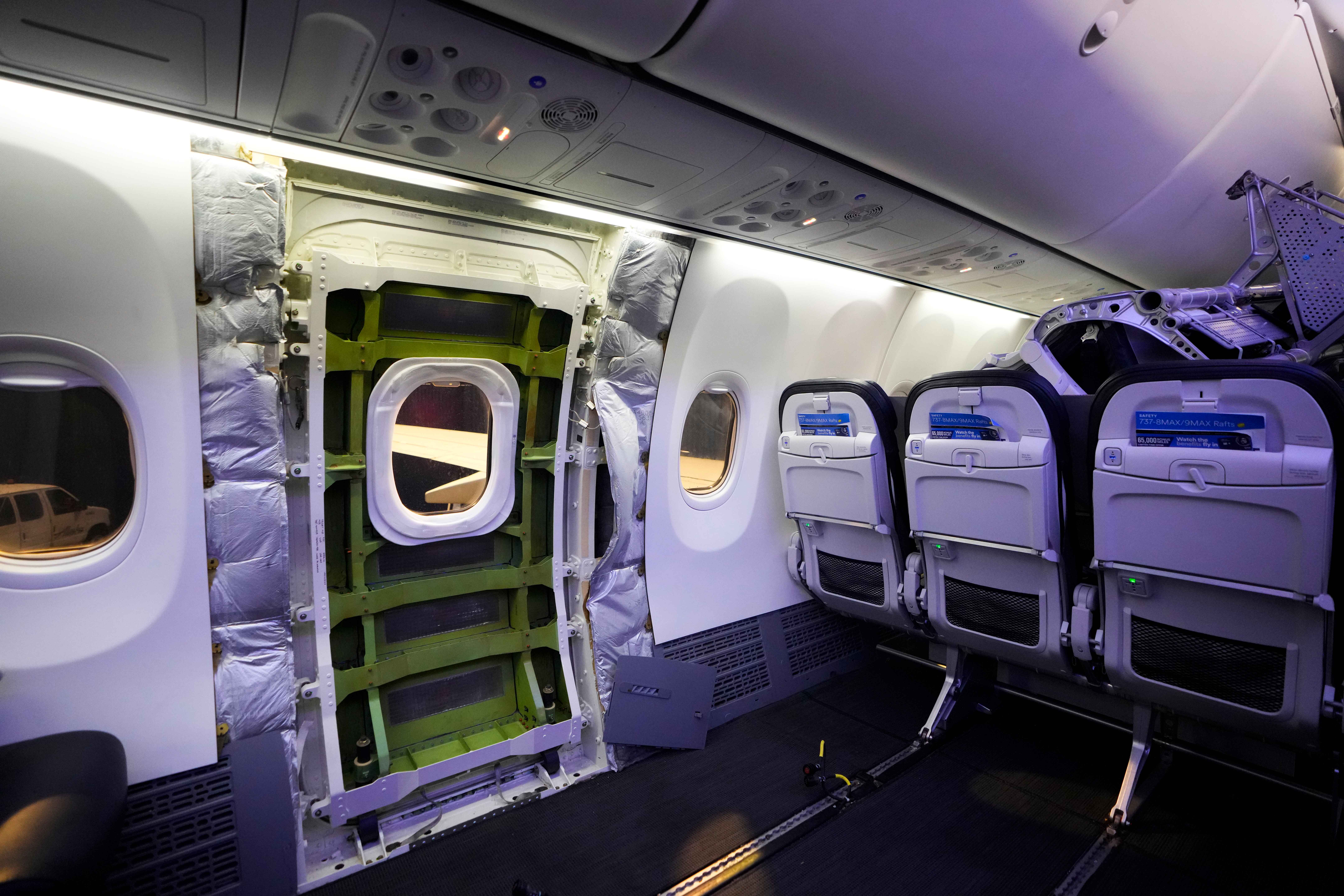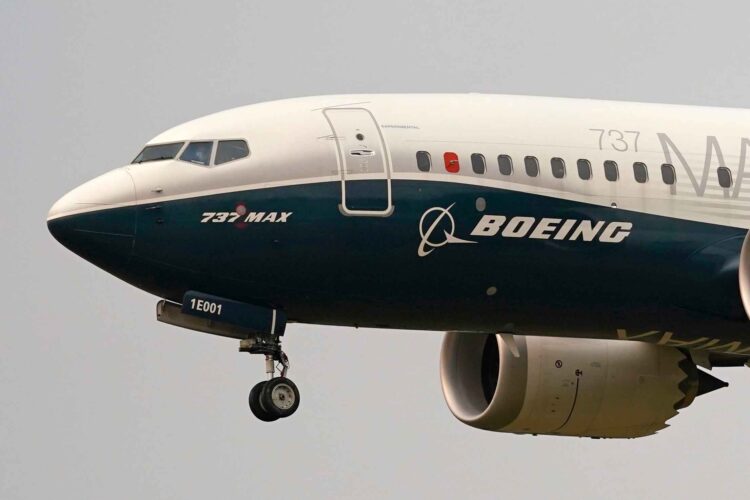Scheduled deliveries of more than 50 Boeing 737 MAX 9 Jets were delayed on Sunday after the airplane manufacturer discovered “mis-drilled holes” in multiple fuselages, requiring a complete rework. This latest production failure, which spurred a 2.1 percent drop in Boeing’s already struggling stock value, has further highlighted the extensive quality control problems that have steadily eroded public trust in the aviation industry.
“This past Thursday, a supplier notified us of a nonconformance in some 737 fuselages,” read a company memo from Boeing executive Stan Deal. “While this potential condition is not an immediate flight safety issue and all 737s can continue operating safely, we currently believe we will have to perform rework on about 50 undelivered airplanes.”
Deal further explained that the issue was identified as an “edge margin,” or spacing problem, in the window frames of several planes. The Boeing factory in Renton, Washington will “spend several days” focusing on “quality” by “including inspecting some undelivered airplanes for a potential nonconformance prior to delivery.”
Learn the benefits of becoming a Valuetainment Member and subscribe today!
Deal’s memo did not name the supplier that detected the issue, but Reuters independently confirmed that Spirit AeroSystems, a Boeing subsidiary and the primary manufacturer of 737 MAX 9 jet fuselages, was responsible for the error. A Spirit AeroSystems spokesman later announced that the company was aware of the problem and would be conducting repairs.
Following the announcement of the production delay, Boeing shares slumped by 2.1 percent during Monday morning trading, adding to the company’s 20 percent drop-off since the start of the year.

Boeing, Spirit AeroSystems, and the aviation industry as a whole have been facing intense scrutiny from regulators and the general public over concerns about safety and quality control. The 737 program has been at the center of the discussion since early January when a door plug malfunction on an Alaska Airlines flight led to a midair blowout and an emergency landing.
Related: FAA Diversity Programs Hire People with “Severe Intellectual/Psychiatric Disabilities”
Following this incident, nearly 200 Boeing jets were grounded for inspection, sending company stock into a tailspin from which it has yet to recover.
The 737 program has previously been plagued by other manufacturing delays and quality control issues, including a malfunction in the aft pressure bulkhead on certain models identified in August and a problem with loose bolts in the rudder control system reported in December.
In light of these concerns, executives at Alaska and United Airlines—the only US airlines currently using the MAX 9—have expressed frustration and indicated that they might look for alternative aircraft until Boeing’s issues can be resolved.
Connor Walcott is a staff writer for Valuetainment.com. Follow Connor on X and look for him on VT’s “The Unusual Suspects.”



















Add comment